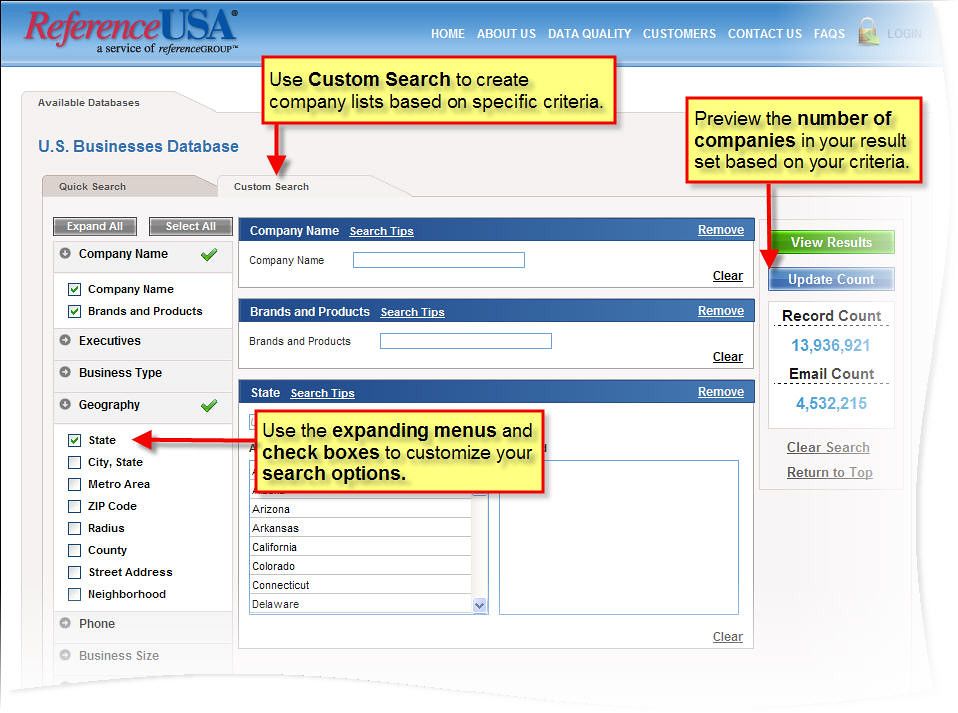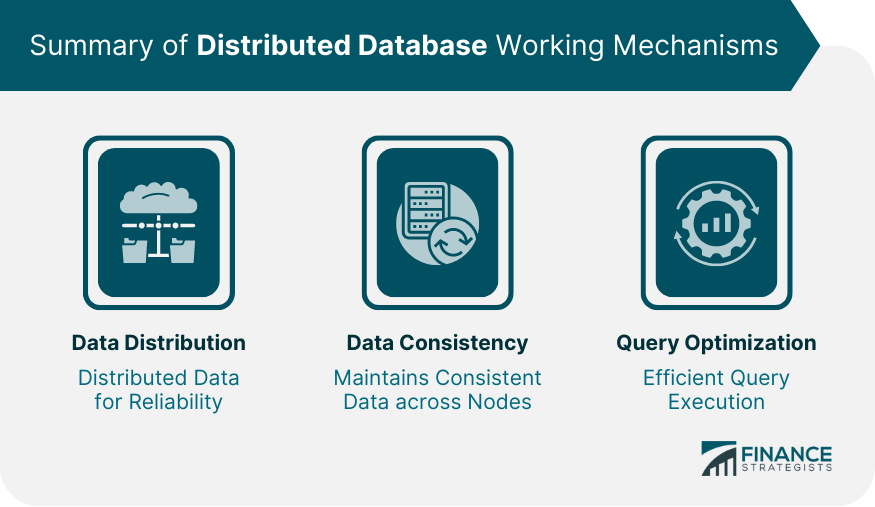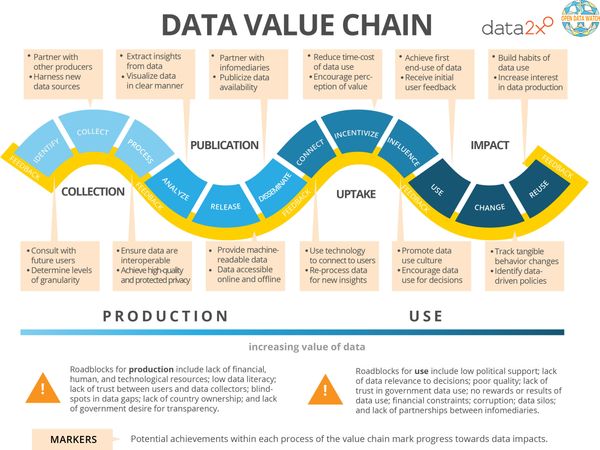Overview
Importance of managing database updates and patches
Managing database updates and patches is crucial for maintaining the stability, security, and performance of a database system. It ensures that the database remains up-to-date with the latest features, bug fixes, and security patches. Failure to manage updates and patches can lead to various issues such as data corruption, security vulnerabilities, and compatibility problems. Consistency in applying updates and patches also helps in avoiding downtime and minimizing disruptions to the database operations. Therefore, it is essential to establish a robust process for managing database updates and patches.
Challenges in managing database updates and patches
Managing database updates and patches can be a challenging task for organizations. There are several challenges that need to be addressed in order to ensure smooth and efficient management of database updates and patches. One of the main challenges is the complexity of the database environment. As organizations grow and evolve, their databases become more complex, with multiple systems, applications, and data sources. This complexity makes it difficult to track and manage updates and patches across the entire database environment. Another challenge is the risk of downtime and data loss. Database updates and patches can sometimes lead to system downtime, which can have a significant impact on business operations. Additionally, there is always a risk of data loss during the update and patching process. Organizations need to have robust backup and recovery mechanisms in place to mitigate these risks. Finally, there is the challenge of ensuring compatibility and interoperability. Database updates and patches need to be tested thoroughly to ensure compatibility with existing systems and applications. It is also important to consider interoperability with other databases and data sources. Overall, managing database updates and patches requires careful planning, coordination, and testing to minimize risks and ensure the smooth functioning of the database environment.
Benefits of effective database update and patch management
Effective database update and patch management offers several benefits to organizations. One of the key benefits is improved data modeling. By effectively managing database updates and patches, organizations can ensure that their data models are up-to-date and accurate. This allows for better decision-making and analysis based on reliable and consistent data. Additionally, effective database update and patch management helps to enhance data security. Regular updates and patches help to address vulnerabilities and protect sensitive data from potential threats. Furthermore, efficient database update and patch management can improve system performance. By keeping the database updated and patched, organizations can optimize the performance of their systems, resulting in faster query execution and improved overall efficiency. Overall, effective database update and patch management is crucial for organizations to maintain data integrity, enhance security, and optimize system performance.
Understanding Database Updates

Types of database updates
There are three main types of database updates: structural updates, data updates, and system updates. Structural updates involve modifying the structure of the database, such as adding or removing tables, columns, or indexes. Data updates involve changing the data stored in the database, such as inserting, updating, or deleting records. System updates involve updating the database management system software or hardware. Each type of update requires careful planning and execution to ensure the integrity and stability of the database.
Common reasons for database updates
Common reasons for database updates include adding new features, fixing bugs, improving performance, and enhancing security. One of the most important reasons for database updates is to ensure the smooth execution of various operations. When databases are not updated regularly, they may encounter compatibility issues with new software or experience performance issues. Therefore, it is crucial to stay up-to-date with database updates to ensure efficient execution of tasks.
Impact of outdated databases
An outdated database can have significant impacts on an organization’s operations and security. First and foremost, outdated databases may lack the necessary features and functionalities required to support the latest applications and technologies. This can result in compatibility issues and hinder the organization’s ability to innovate and stay competitive in the market. Additionally, outdated databases are more vulnerable to security breaches and data leaks. Without regular updates and patches, these databases may contain known vulnerabilities that can be exploited by hackers. This puts sensitive data at risk and can lead to financial losses, reputational damage, and legal implications. Therefore, it is crucial for organizations to prioritize database updates and patches to ensure optimal performance, security, and compliance.
Planning for Database Updates

Identifying update requirements
In the process of managing database updates and patches, one crucial step is identifying the update requirements. This involves analyzing the current state of the database and determining what updates or patches are needed to ensure its optimal performance and security. The year 2020 has brought significant advancements in technology, and it is essential to stay up-to-date with the latest updates and patches to leverage these advancements. By regularly monitoring and assessing the database, organizations can identify any potential vulnerabilities or performance issues and take proactive measures to address them. This includes implementing necessary updates, applying patches, and ensuring compatibility with new software and hardware releases. Additionally, it is important to consider the specific needs and requirements of the organization, such as industry regulations or compliance standards, when identifying update requirements. By effectively managing database updates and patches, organizations can maintain a secure and efficient database environment.
Creating a database update plan
Creating a database update plan is a crucial step in managing database updates and patches. It involves outlining the necessary steps and considerations for implementing updates to the database system. A well-defined update plan ensures that the process is organized, efficient, and minimizes the risk of data loss or system downtime. When creating a database update plan, it is important to consider the specific requirements of the database system, such as the type of database (e.g., relational, NoSQL), the size of the database, and the complexity of the data structure. Additionally, it is essential to take into account the impact of the updates on the existing data and applications that rely on the database. By carefully planning and executing database updates, organizations can ensure the smooth operation of their database systems and maintain data integrity.
Considering data backup and rollback strategies
When considering data backup and rollback strategies, it is crucial to prioritize the most important data and ensure its protection. Backing up the database regularly is essential to prevent data loss in the event of a system failure or a malicious attack. Additionally, implementing a robust rollback strategy allows for reverting to a previous version of the database in case of errors or issues during updates or patches. By having both backup and rollback strategies in place, organizations can minimize the risk of data corruption and ensure the integrity of their databases.
Executing Database Updates

Testing updates in a controlled environment
Testing updates in a controlled environment is a crucial step in managing database updates and patches. This process allows for thorough testing of updates before they are deployed to production environments, ensuring that any potential issues or conflicts are identified and resolved. By creating a controlled environment, developers can simulate real-world scenarios and evaluate the impact of updates on the database. This helps to minimize the risk of data loss or corruption during the update process. In addition, testing in a controlled environment provides an opportunity to validate the compatibility of updates with existing systems and applications. Overall, thorough testing in a controlled environment is essential for ensuring the smooth and successful implementation of database updates and patches.
Implementing updates in production
Implementing updates in production is a critical aspect of managing database updates and patches. It involves carefully planning and executing changes to the database schema, data, and application code. One of the key objectives of implementing updates is to improve database performance. By optimizing queries, indexing data, and fine-tuning configurations, organizations can enhance the overall efficiency and responsiveness of their database systems. This, in turn, leads to faster query execution, reduced latency, and improved user experience. To achieve these performance improvements, it is important to identify and address bottlenecks, analyze query execution plans, and leverage database performance monitoring tools. By following best practices and regularly implementing updates, organizations can ensure that their databases are always up-to-date and performing at their best.
Monitoring and verifying update success
Monitoring and verifying update success is a crucial aspect of managing database updates and patches. It ensures that the updates are applied correctly and that the database remains in a consistent state. One of the key factors in monitoring update success is the use of the most popular database management software. This software provides robust monitoring and verification capabilities, allowing administrators to track the progress of updates and verify their success. By leveraging the features of this software, organizations can ensure that their databases are updated efficiently and accurately. Furthermore, it enables administrators to quickly identify and address any issues or failures that may occur during the update process. Overall, monitoring and verifying update success with the most popular database management software is essential for maintaining a stable and reliable database environment.
Dealing with Database Patches

Understanding the concept of patches
Understanding the concept of patches is crucial in managing database updates. A patch is a piece of code that is applied to an existing software system to fix bugs or add new features. In the context of databases, patches are used to modify the structure or behavior of the database without requiring a full upgrade or migration. One important aspect of patches is the consideration of the query execution plan. The query execution plan determines how a database query will be executed and can have a significant impact on performance. By understanding the concept of patches and their impact on the query execution plan, database administrators can effectively manage and optimize database updates and patches.
Identifying critical patches
Identifying critical patches is a crucial step in managing database updates and patches. It involves determining which patches are essential for the security and functionality of the database. These critical patches address vulnerabilities, bugs, and performance issues that can compromise the integrity and availability of the database. By identifying and prioritizing these patches, database administrators can ensure that the most critical updates are applied first, minimizing the risk of potential security breaches and system failures. It is important to regularly assess and review the database environment to stay proactive in identifying and addressing critical patches.
Applying patches and ensuring system integrity
Applying patches and ensuring system integrity is a crucial aspect of managing database updates. It involves implementing necessary fixes and enhancements to address vulnerabilities and improve performance. When it comes to NoSQL databases, the process of applying patches becomes even more important due to their distributed nature and the need for ensuring data consistency and availability. To maintain system integrity, it is essential to regularly monitor for new patches and updates released by the NoSQL database providers. By promptly applying these patches, organizations can mitigate security risks and ensure the smooth operation of their database systems. Furthermore, staying up-to-date with the latest patches also allows businesses to take advantage of new features and optimizations offered by the NoSQL database technology.
Conclusion

Importance of proactive database update and patch management
Proactive database update and patch management is crucial for maintaining the overall performance and security of a database system. By regularly updating and patching the database, organizations can ensure that any vulnerabilities or bugs are addressed promptly, minimizing the risk of data breaches or system failures. One of the key benefits of proactive database update and patch management is database optimization, which involves improving the efficiency and speed of data retrieval and storage. By optimizing the database, organizations can enhance the overall performance of their applications and improve user experience. Additionally, proactive database update and patch management also allows organizations to take advantage of new features and functionalities introduced by database vendors, enabling them to stay competitive in the rapidly evolving technology landscape.
Key considerations for effective management
Effective management of database updates and patches requires careful consideration of several key factors. Firstly, it is essential to have a clear understanding of the current state of the database and the specific updates or patches that need to be applied. This includes identifying any potential risks or conflicts that may arise during the update process. Additionally, it is important to establish a well-defined update and patch management process, including proper testing and validation procedures. This helps to ensure that updates are applied correctly and that any potential issues are identified and addressed in a timely manner. Finally, ongoing monitoring and maintenance of the database is crucial to ensure its stability and performance. Regularly reviewing and applying updates and patches is essential to address any vulnerabilities or bugs that may arise. By following these key considerations, organizations can effectively manage their database updates and patches and ensure the overall integrity and security of their data.
Continuous improvement and staying up-to-date
Continuous improvement and staying up-to-date are crucial aspects of managing database updates and patches. In the ever-evolving landscape of database technologies, it is essential to stay abreast of the latest advancements to ensure optimal performance and security. When it comes to MySQL vs MariaDB performance, it is important to consider various factors such as query optimization, indexing strategies, and hardware configurations. By regularly benchmarking and comparing the performance of both database systems, organizations can make informed decisions about which one best suits their specific requirements. Additionally, staying up-to-date with the latest updates and patches for both MySQL and MariaDB is vital to address any security vulnerabilities and benefit from performance enhancements. Embracing a continuous improvement mindset and staying informed about the latest developments in the database world can help organizations optimize their database systems and deliver efficient and reliable services.







